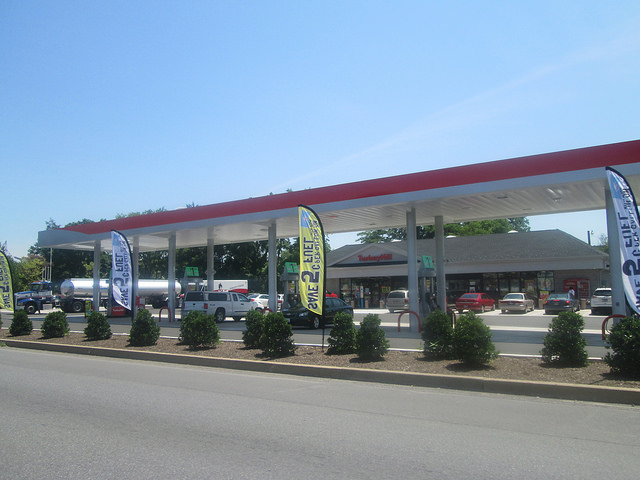“To be honest, that trip was pretty much perfect,” one respondent told us when asked about their most recent convenience store visit. They noted that the store carried their favorite soda and add-in flavor, had freshly-made breakfast burritos and the cashiers are “always in a good mood.” Plus, “the bathrooms are so clean you’d think you were entering holy ground.”
Trips like that are driving an increase in c-store visitation. Compared to two years ago, 44% of consumers say they are visiting c-stores more often – and half of those say they are visiting a lot more often. They are also buying more food – more than two-fifths of consumers say they are buying more prepared food and beverages at c-stores.
It’s good news for c-store operators, who report that foodservice is their most profitable category, beating out categories like bottled beverages and cigarettes. Clearly c-stores are an industry opportunity. To truly understand this segment – what consumers want, the factors that are driving operator choices – Datassential surveyed over 150 operators and 1,000 consumers for our brand new C-Store Keynote Report, with data, analysis and insights on this $31 billion segment.
There are some areas where c-stores are already succeeding, according to consumers.They are called convenience stores for a reason, with 60% of consumers saying c-stores are conveniently located and over half saying they are always open when they need them, beating competing segments like QSRs, fast casuals, and supermarket prepared foods. Consumers largely select a c-store based on location, either because it is close to their house, was on the way to their destination, or they were already there purchasing fuel.
But location is dropping in importance compared to four years ago, and consumers are increasingly choosing c-stores for their quality products and loyalty programs. In fact, the number of consumers who chose a c-store based on it having the “highest quality products” increased 23% compared to 4 years ago and 1/3 of consumers say the overall quality of food and beverages at c-stores has improved. C-stores still have work to do – food quality ratings are still lower than all other restaurant segments — but they are gaining on their competition. C-stores have seen growth in their food quality ratings over the past four years, while every restaurant segment saw food quality ratings decline.
C-store operators plan to keep upping their game with a focus on fresh, healthy, natural options in the future. Twenty-nine percent of operators plan to add fresh fruit cups and fresh cut raw vegetables to their food offerings – the top-scoring planned food offerings we tested. On the beverage side, nearly one-fifth of operators are planning to add a fresh brewed iced tea machine.
“C-store operators are paying attention to what consumers are interested in and are updating their offerings to provide a fresh variety of dining choices to consumers,” said Ann Golladay, senior project director at Datassential. Now you’ll find c-stores adding more ethnic food options, adventurous LTOs, and even beer taps where consumers can pick up a local brew. Some newly-designed c-stores take cues from modern fast casual restaurants or cozy coffee shops, with customizable bowl or burrito counters and seating areas with Wi-Fi connections. This month luxury brand The Guess Corp. announced it would acquire at least 1,000 c-stores across the U.S. over the next year, rebranding and renovating the properties to create “boutique-style” stores.
As this segment continues to evolve, there are opportunities for manufacturers and distributors to help c-stores meet modern consumers’ needs.
Mike Kostyo is the senior publications manager of Datassential, a supplier of trends, analysis and concept testing for the food industry. To purchase the C-Store Keynote Report mentioned in this article, contact Datassential managing director Brian Darr at [email protected].
__________________________________________________
If you enjoyed this article, join SmartBrief’s email list for more stories about the food and beverage industry. We offer 14 newsletters covering the industry from restaurants to food manufacturing.
